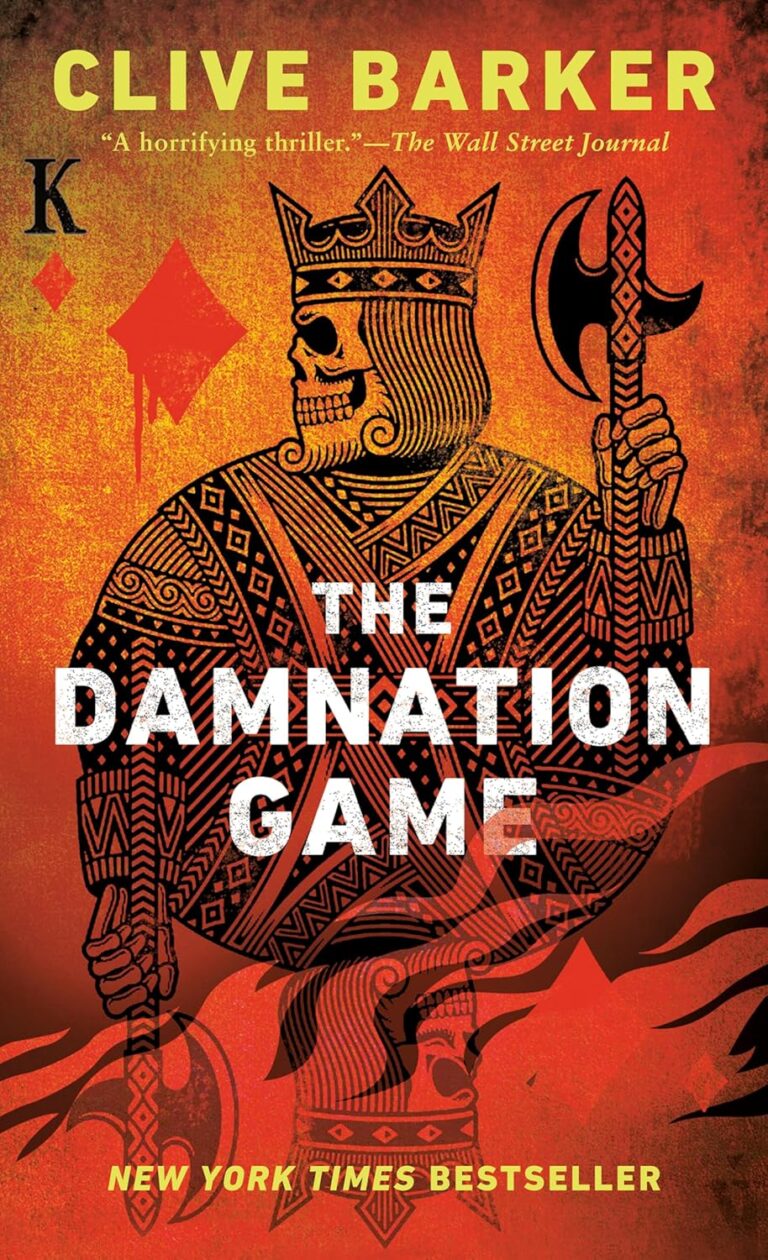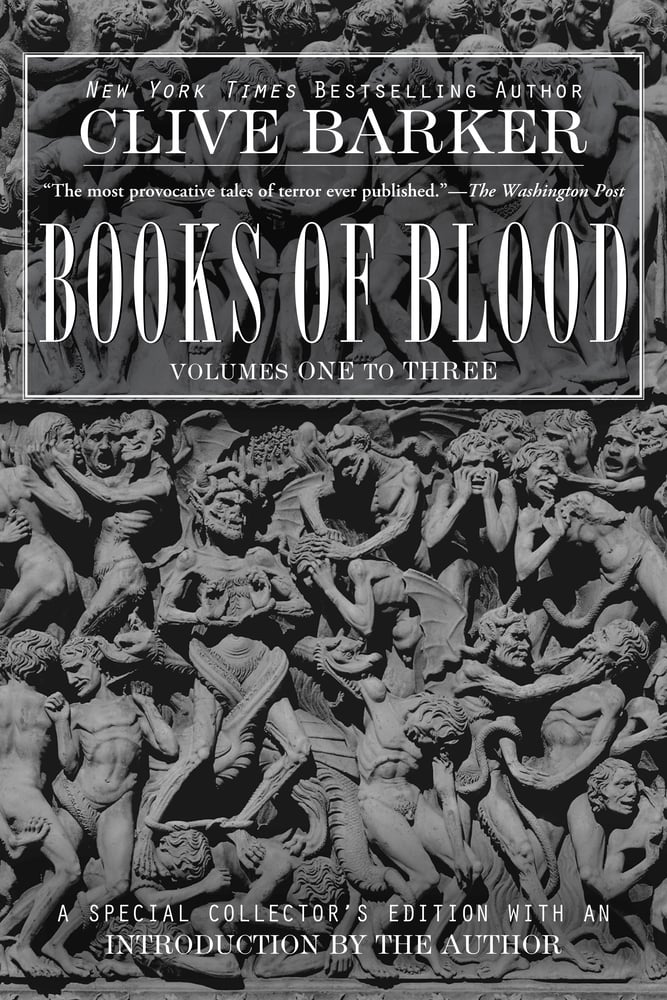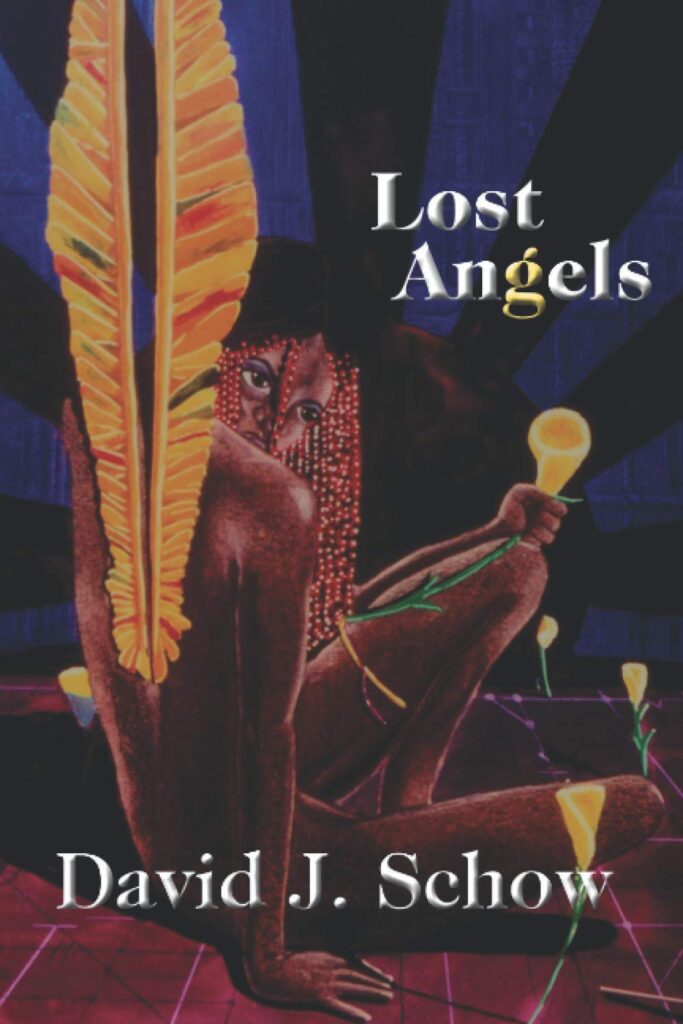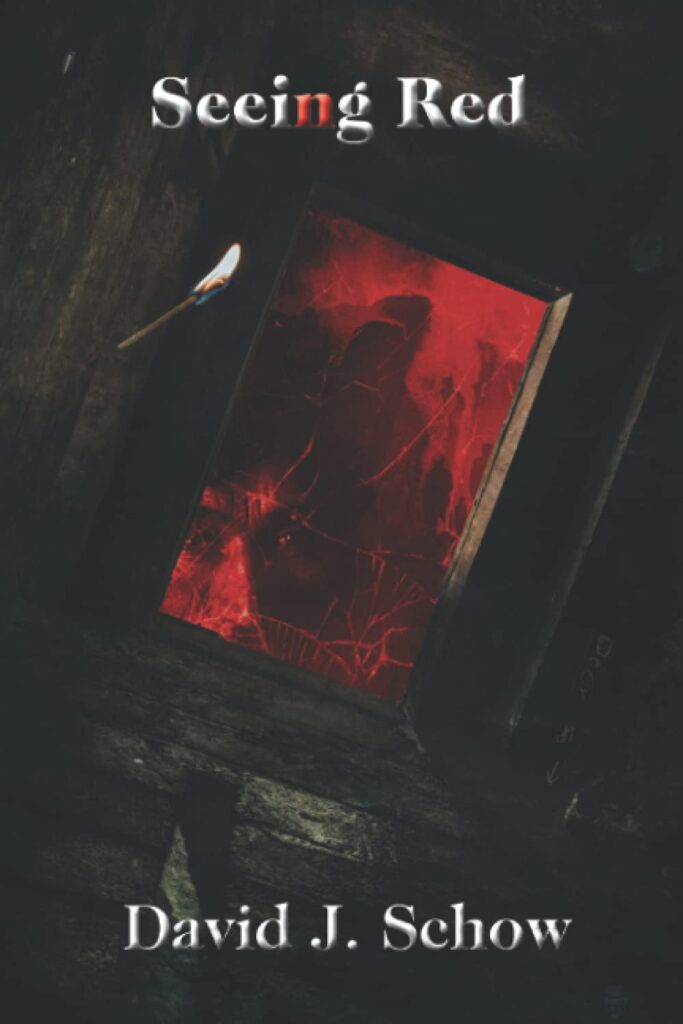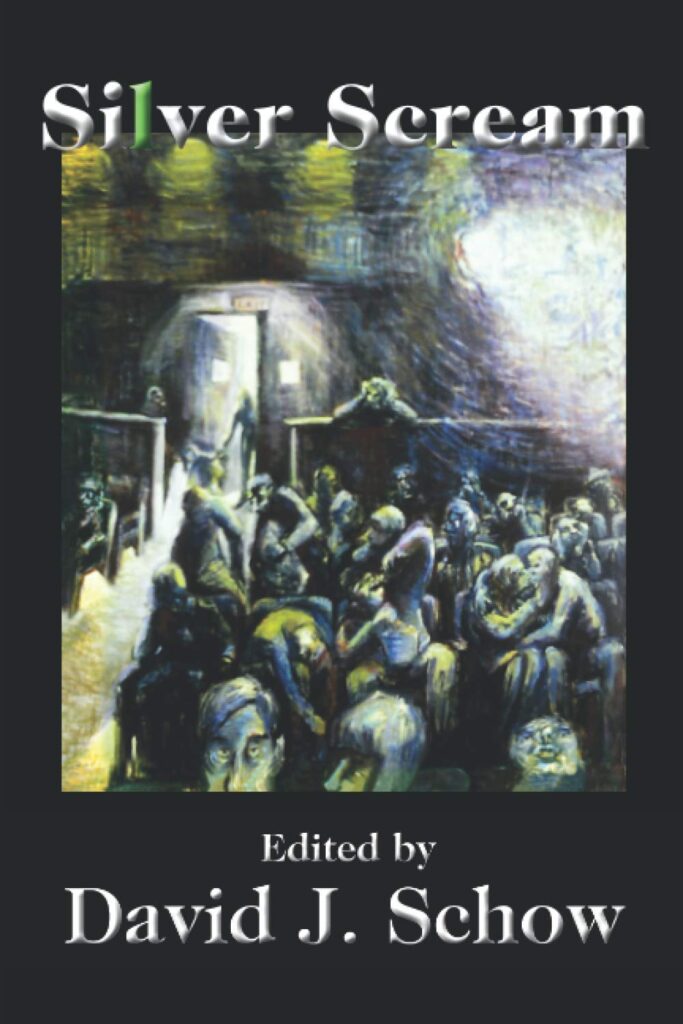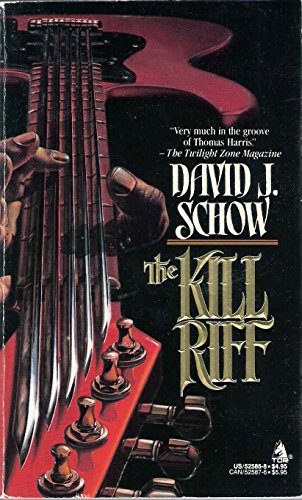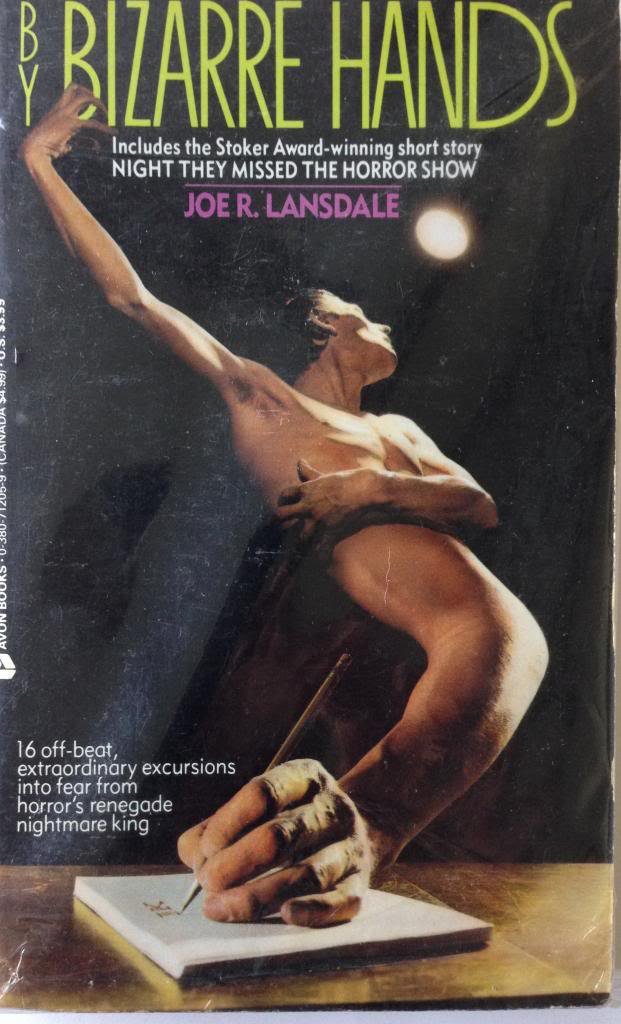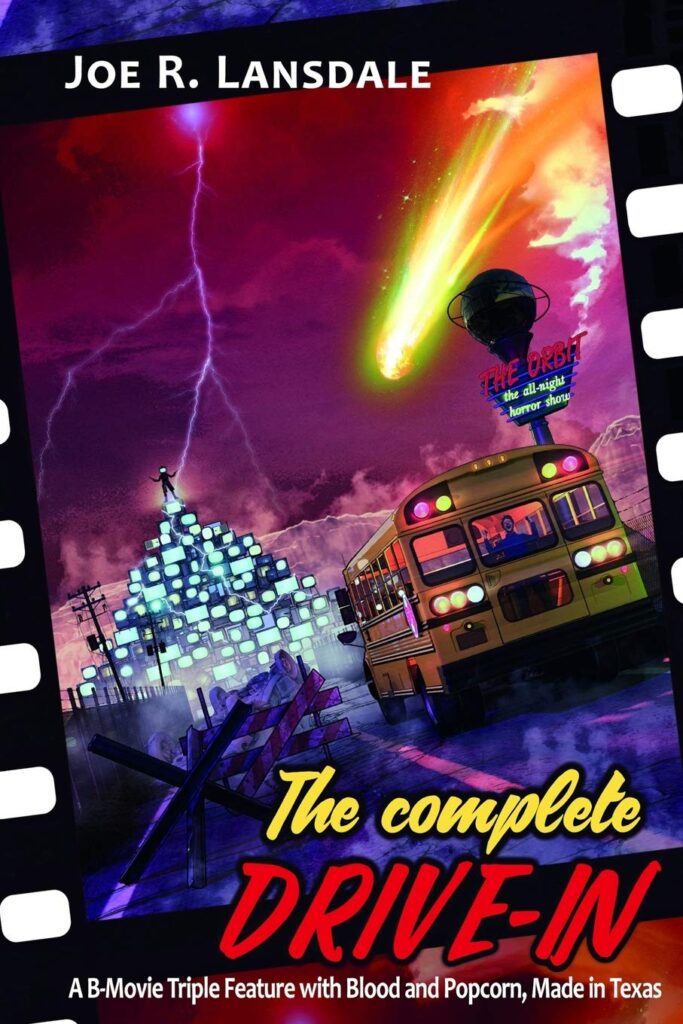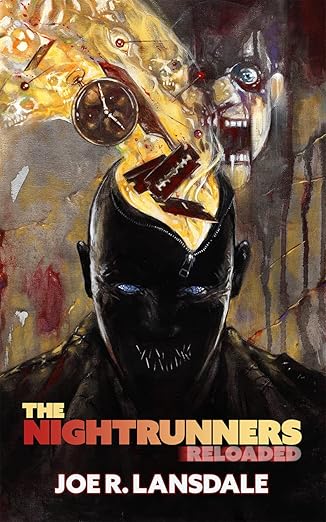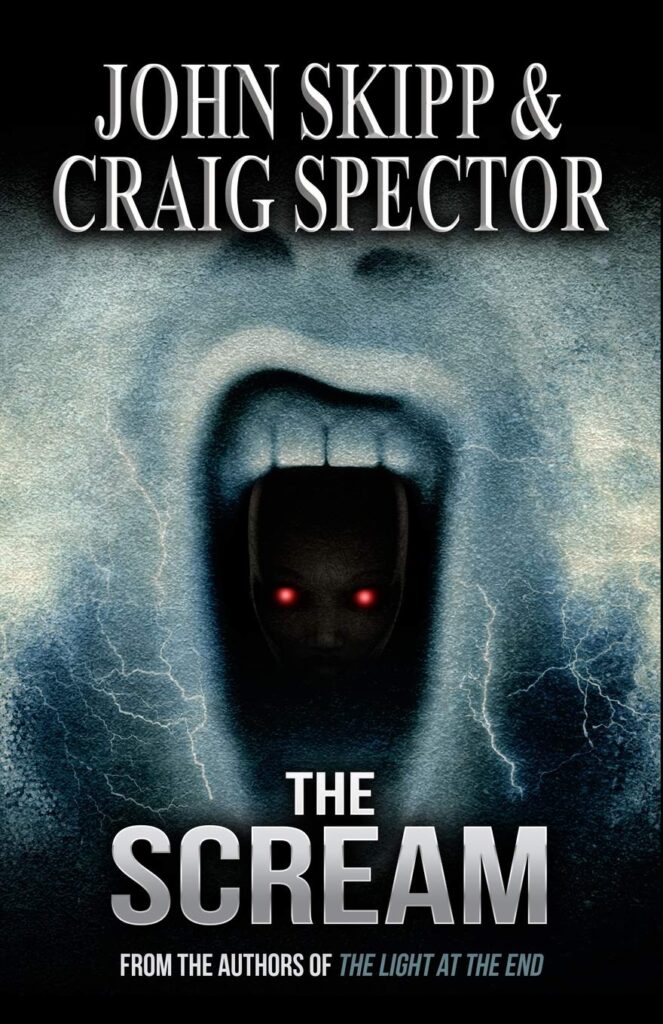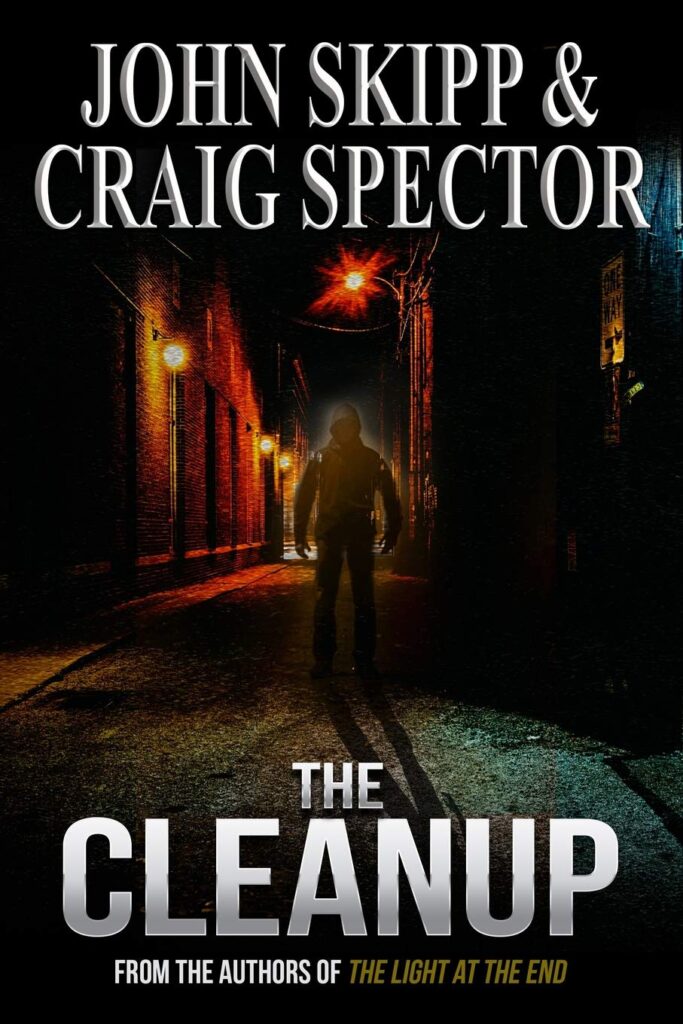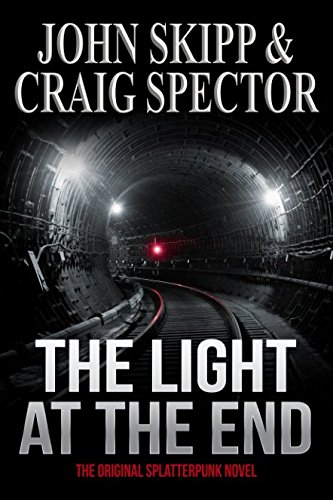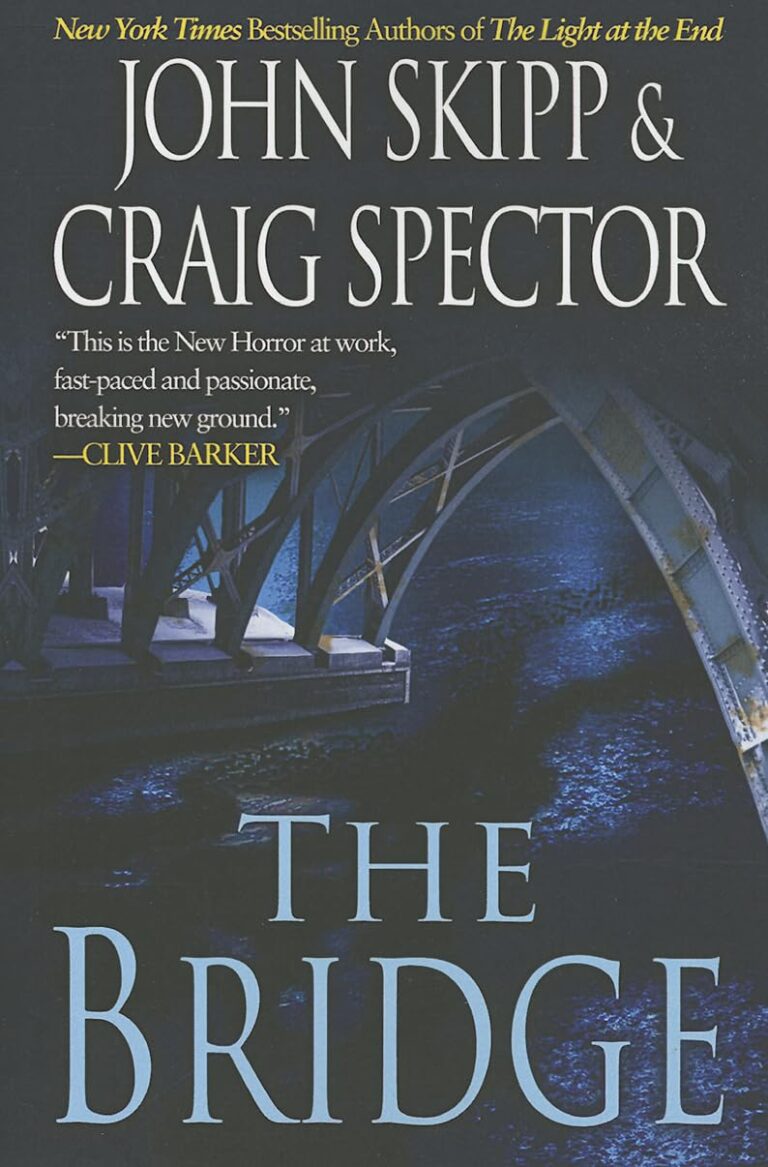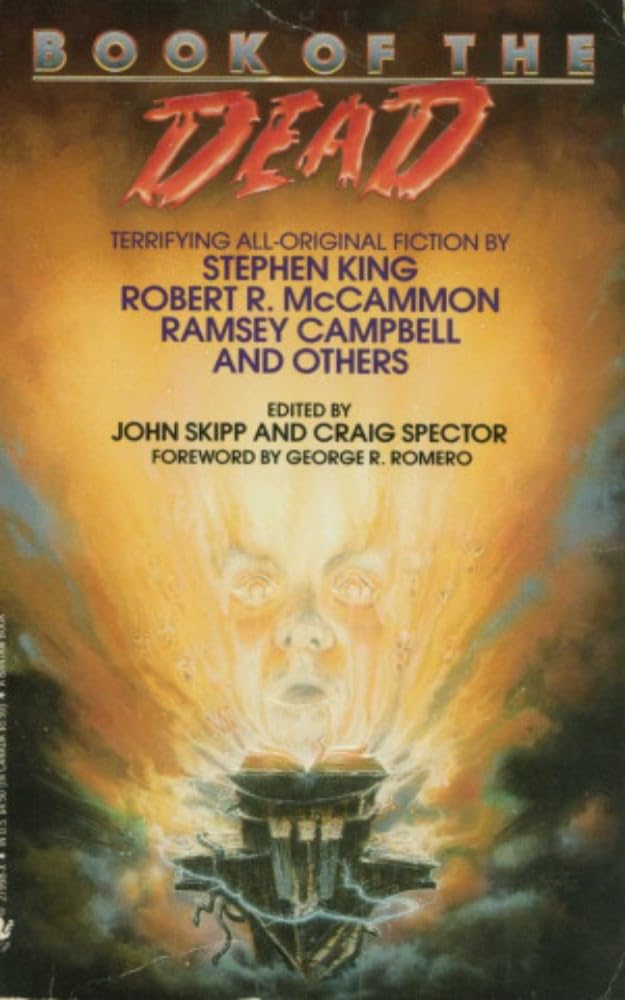Splatterpunk 101
From a piece I posted and shared on the Monster Librarian website, waaaay back in 2010…
Let me try to do this as succinctly as possible.
The word “splatterpunk” was a throw-away joke that David J. Schow came up with at a party during the World Fantasy Convention in 1986.
The reason he came up with that goofy word was this:
Over the previous couple of years, a handful of writers had sprung up — from pretty much out of nowhere — with pretty radical takes on the tidy structures of “regular” horror fiction. None of us knew each other before then (or even knew OF each other, by and large). But we were all attacking the problem of “normal” horror, from some pretty wild angles.
There was Clive Barker, straight out of London, with his ground-breaking Books of Blood. There was Dave Schow, writing these mind-blasting short stories from the gutters and gambles of Hollywood. There was Joe Lansdale, blowin’ out of Texas, his wild vision really starting to take off. And there was the Skipp & Spector thing, stomping through the pitch-black New York City jungle night.
We were all very different, stylistically. But we had a couple of things in common, which lumped us together in peoples’ minds:
1) unflinching violence, often described more elaborately than was previously the custom;
2) frank, usually weird, often hilarious, frequently disturbing sex;
3) a general CULTURAL SUBVERSIVENESS, that playfully but deliberately fucked with everything that was safe and conventional and — to our minds — kind of chickenshit about regular, normative, conservative horror.
And it’s THAT quality — more than the sex, the violence, the rock ‘n’ roll rhythms, the cinematic imagery, etcetera, etcetera — that distinguished that impromptu group of writers, to me. Less the “splat”, in that sense, than the “punk”. Which means punk as social politics, not just as a wardrobe choice. Punk as in fun-lovin’ trouble-makin’ outsider-intensive dance-and-fuck- all-night critique of buttoned-down, tight-assed, only-do-it-with-the-lights-off horror.
And people in the horror scene were trying to figure out what to call this phenomenon. (Cuz that’s all it was. A spontaneous eruption in the arts. Like God said, “MAKE IT WEIRDER!” and a handful of us jumped.)
And because William Gibson, Bruce Sterling, and such had just got the jaunty name “cyberpunk”, Schow said, “Yeah, I guess they’ll have to call us ‘splatterpunks’ now.” And everybody laughed.
And fifteen minutes later, it was all over the convention.
And within a few months, there were articles about it everywhere from Twilight Zone Magazine to The Village Voice to Penthouse.
Such is the power of a single stupid word, when its time has come.
This, of course, is simplistic as hell. But I’m doin’ it off the top of my head, so forgive me.
If you really wanna know what the word means, read the stuff that the people were talking about then. Read, for example:
This is all stuff that came out around the time period we’re discussing, here. (Other examples might or might not include Ray Garton’s Live Girls and S.P. Somtow’s Vampire Junction.)
So, in conclusion: splatterpunk is not regular horror, only grosser. (MANY grosser things have been written since, from what I hear.)
Splatterpunk is a dopey joke name for subversive, no-holds-barred horror that rocks, and not in a regular way. If it means anything at all.
Splatterpunk 101: Addendum
Re-reading that now, the most salient phrase for me is “spontaneous eruption in the arts”.
It wasn’t a bunch of people who got together and said, “LET’S FUCK THINGS UP!”
It was a handful of individuals who went and fucked things up. Noticed each other. And went, “Hey! Cool! YOU’RE DOIN’ IT, TOO!”
Like Charles Fort used to say: “It steam-engines come steam engine time.” All the pieces were layin’ around, waiting to be put together. Then somebody did. And the next thing you knew, there was a train.
So just to be clear, Laymon and Ketchum weren’t splatterpunk. They were hardcore as fuck. But then again, so was King. So was Straub. So was Michael Shea’s “The Autopsy”, still one of the greatest horror stories I’ve ever read. So were lots of other people, when they felt like it.
Splatterpunk as an aesthetic leaping-off point inspired a lot of people, but that doesn’t make them splatterpunk per se.
It could be argued, for example, that the wave of hardcore women writers that followed close on the heels of it (Poppy Z. Brite, Kathe Koja, Elizabeth Massie, Nancy Collins, Roberta Lannes, Christa Faust) were the first splat-gals. Paul Sammon sure thought so. And I kind of did, too.
But by then, the joke balloon had pretty much stretched to popping point. And everybody was pretty much movin’ on.
So you can talk about post-splatterpunk if you wanna. And if someone writes some sort of next-wave or proto-splat thing, you can point to it and draw lines on a graph.
Ultimately, I guess, the work that defined splatterpunk in its time was a blip on the radar. It meant something to the people it meant something to, and less to the people it didn’t.
But I still think the best of it was pretty fucking cool, and makes me proud to be a part of that time.
